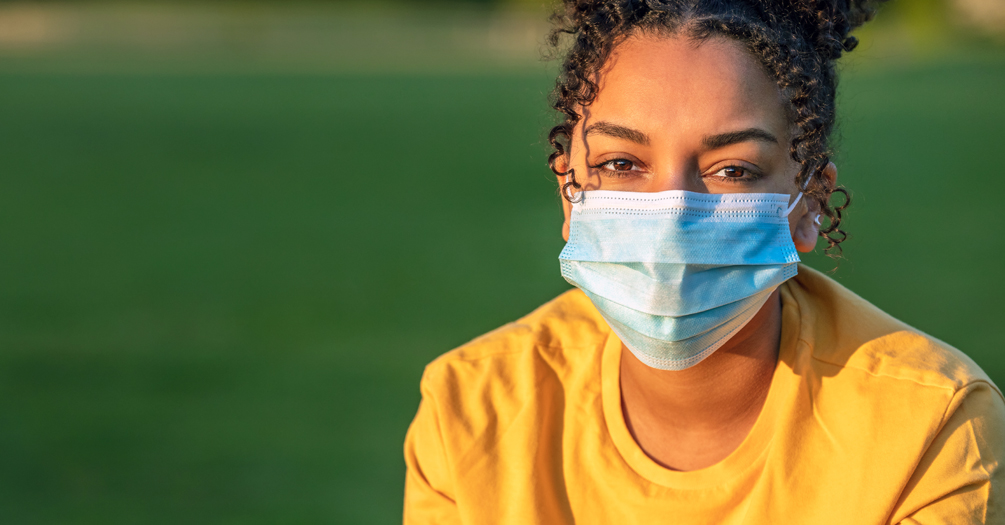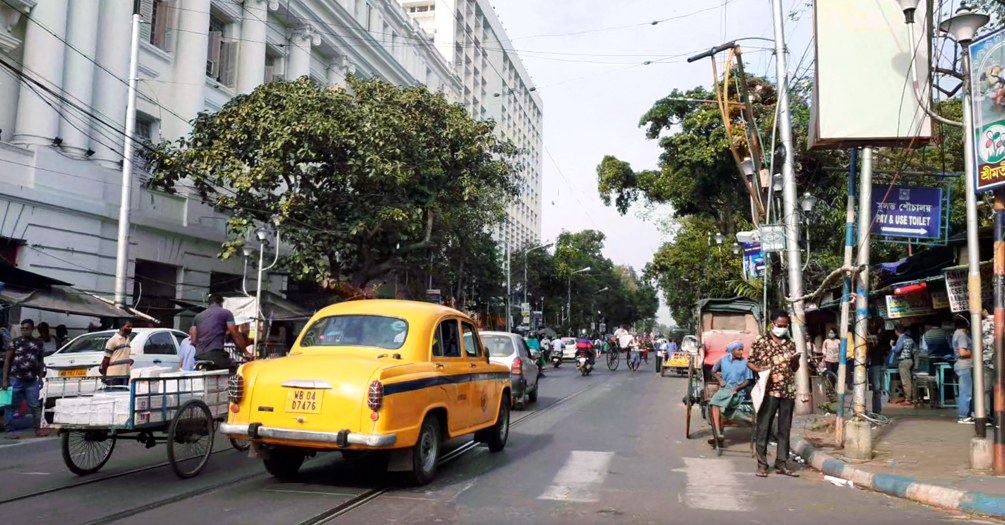
Most School Shooters Get Their Guns From Home--And During the Pandemic, the Number of Firearms in Households With Teenagers Went Up
Patrick Carter, Marc Zimmerman, Rebeccah Sokol
Most school shooters obtain the firearm from home. And the number of guns within reach of high school-age teenagers has increased during the pandemic – highlighting the importance of locking firearms and keeping them unloaded in the home.





